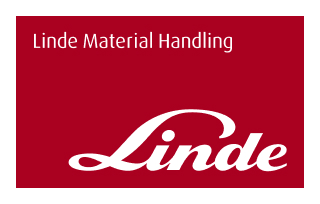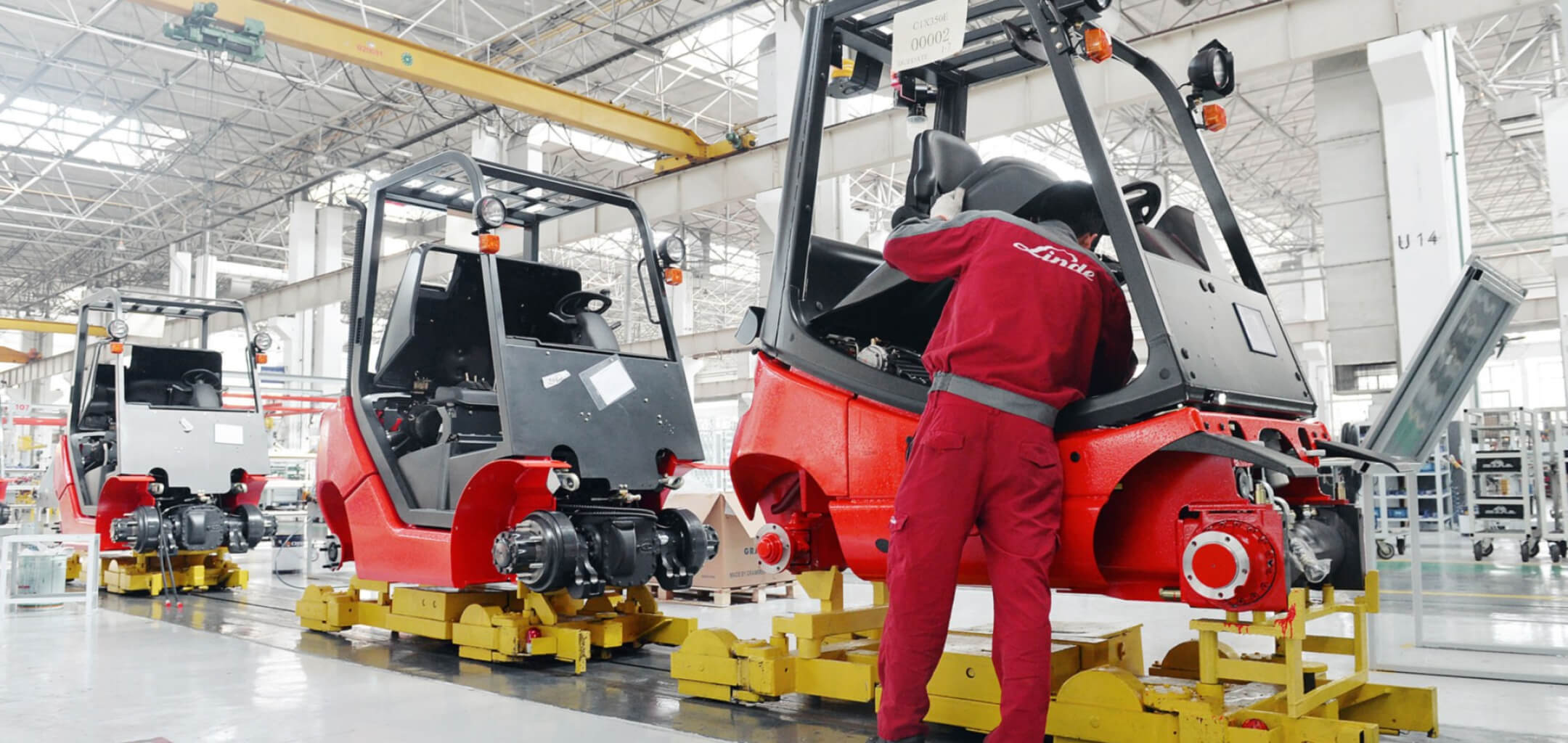

Sustainability means more than just a green logo or a comprehensive sustainability report. At Linde Material Handling, the term stands for much more, namely, a targeted sustainability strategy that has a positive impact on the environment, our customers and employees. We create lasting value by integrating environmental and social objectives into our business processes and activities.
Since 2012, we have been working on a systematic and comprehensive sustainability strategy to address the following developments facing Linde and its stakeholders:
In order to implement our sustainability strategy, we have defined goals and anchored them along our entire value chain. These show where in the chain — from suppliers to customers — measures are taken to increase sustainability performance. This model serves Linde as:

As a supplier, Linde has been regularly tested and certified by the independent service provider EcoVadis since 2012.
In 2023, Linde achieved scores that placed us in the top 1% of companies assessed, earning Platinum status. The analysis system on which the review is based, comprises of 21 criteria across four thematic areas: environment, labour and human rights, ethics, and sustainable procurement.

Linde's sustainable orientation is reflected in our environmentally friendly and safe products — they help our customers save energy, reduce emissions and ensure high occupational safety standards.
At the operational level, we’ve set ambitious targets for environmentally friendly production and a safe working environment. To this end, we’ve introduced a comprehensive Health, Safety, Environment (HSE) management system.
In our HSE policy, we have defined that all organisational units must establish appropriate management systems. Most of these systems are already certified according to ISO 14001, OHSAS 18001 and ISO 50001. External certification is currently being implemented in all Linde units as part of the sustainability strategy.
In addition, key environmental data such as energy/water consumption and waste volumes have been recorded at all production sites for more than ten years. Each site pursues reduction and efficiency targets, which are monitored by the HSE manager responsible for the site. As part of the expansion of Linde's sustainability management system, company-wide quantitative targets have been introduced since 2016 and monitored as part of a management review. Compliance with the HSE requirements is ensured by regular audits at KION Group level.
For economic and ecological reasons, Linde's environmental management activities in recent years have focused on energy and waste. Lower energy consumption in production has measurable effects on the cost structure and greenhouse gas emissions, plus consistent recycling helps to reduce waste and conserve raw material resources.
A focus on efficient and safe technologies

The concept of sustainability has been inherent in our products from the very beginning, and we are continuously working on improving the environmental properties of our material handling equipment. This mainly translates into the reduction of emissions from diesel and LPG forklifts, as well as producing high-performance electric forklifts with low energy consumption, and the development of alternative drives.
Product development also focuses on who is driving the machine. Linde's ergonomic philosophy means that the machine is literally built around the human. All operating elements are adapted to the working requirements of the operator, and can be controlled intuitively. Active and passive safety systems reduce the risk of accidents, and help to protect the health of all within the vicinity of the machine.
Linde customers who wish to evaluate and optimise their own environmental performance receive reliable data for assessing environmental friendliness. In a complex process, Linde and the Fraunhofer Institute for Building Physics (IBP) have developed their own life cycle assessment method, and evaluated the main product types from pallet trucks to combustion forklifts. Both the methodology and the seven product life cycle assessments are certified by TÜV Rheinland.
Balancing is carried out in four steps:
The Life Cycle Inventory records all incoming and outgoing material and energy flows, as well as the resulting emissions of the entire process chain.
Through other services such as used and rental trucks, Linde has developed a cycle in which products and services interact and complement each other. As a result, used vehicles can be re-used and new purchases from new and existing customers can be encouraged.